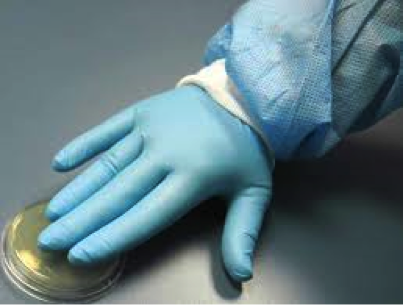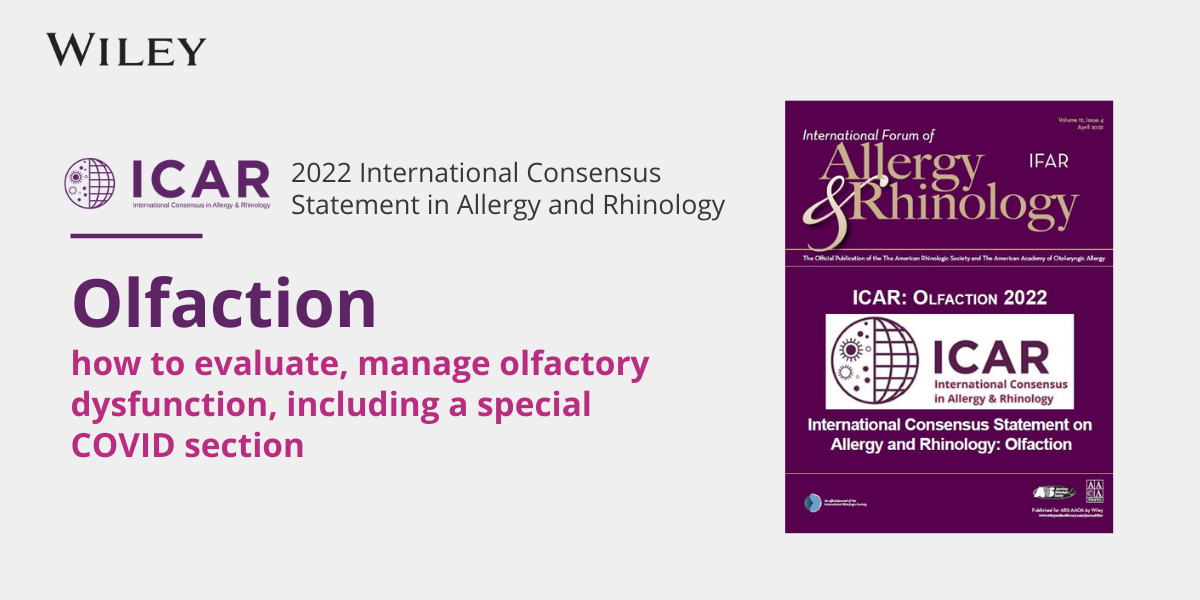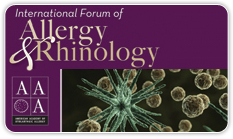“Incredible change happens in your life when you decide to take control of what you do have power over instead of craving control over what you don’t”. — Steve Maraboli Perhaps it is the thick fog of humidity engulfing the…
USP General Chapter <797> Pharmaceutical Compounding – Sterile Preparations

Latest Updates on USP <797>
On September 23, 2019, the United States Pharmacopeia has announced that, due to appeals underway, the previously announced implementation date of December 1, 2019 for Chapter <797> on Pharmaceutical Compounding of Sterile Preparations is officially postponed. We do not know at this time what the new implementation deadline will be.
However, there is no reason to believe that any changes will be made to the updated standards for physician in-office compounding of allergen extract. For those of you have initiated changes to meet the updated standards for the compounding area, cleaning, staff training, and documentation, we encourage you to continue those efforts. For those of you who have not started, we strongly encourage you to proceed.
Visit our website at: https://www.aaoallergy.org/ and watch out for email updates from the AAOA. We will keep you updated as soon as more information is available.
Background
The United States Pharmacopeia (USP) is a nonprofit, nongovernmental standard-setting organization. The initial compounding guidelines came out in 2003 and requirements for USP < 797 > included having a dedicated clean room, a ventilation hood, and prohibited storage of vials beyond 7 days. USP came out with revisions in June of 2008 with reduced requirements including removing the need for a vent hood for compounding and short storage period.
In November of 2013, Congress passed legislature regulating the compounding of sterile medications as a reaction to 64 deaths. The two enacted requirements were the need to write a prescription for all sterile compounded medications and for all physicians to comply with USP 797 sterile compounding rules.
An update of USP < 797 > was released on June 1, 2019 with an anticipated date effect date of December 1, 2019. On September 23, 2019, the United States Pharmacopeia announced that, due to appeals underway, the previously announced implementation date of December 1, 2019 for Chapter 797 on Pharmaceutical Compounding of Sterile Preparations is officially extended.
ANNUAL COMPLIANCE CRITERIA:
What you need to document annually to comply with the pending USP General Chapter <797> Pharmaceutical Compounding — Sterile Preparations
Annually, all compounding personnel must complete and document the following 3 key sterile compounding compliance criteria:
- Personnel must demonstrate knowledge and proficiency in the principles and skills for sterile compounding. This proficiency can be achieved through the AAOA’s Allergen Extract Sterile Compounding Compliance module. These are single user modules, and you can register on our website by clicking here. All personnel training and competency must be documented annually.
- Successful completion of the gloved fingertip and thumb sampling on both hands, no fewer than 3 separate times. Each fingertip and thumb evaluation must occur after performing separate and complete hand hygiene and garbing procedure. Successful completion of the initial gloved fingertip and thumb test is defined as zero (0) colony-forming units (cfu); Subsequent gloved fingertip and thumb sampling after media-fill testing is defined as ≤3cfu (total for both hands).
- Successful completion of the media-fill test to demonstrate sterile technique must be evaluated every 12 months.
For more details read more on the USP General Chapter <797> Sterile Compounding criteria below or go to: https://www.usp.org/compounding/general-chapter-797
USP General Chapter <797> Pharmaceutical Compounding — Sterile Preparations — 2019 Update Details
Under the new standards, in-office compounding of individual treatment sets for allergen immunotherapy, beginning December 1 (currently extended until further notice), need to comply with the following:
Personal Qualifications
- Designate one person with training and expertise in allergen immunotherapy to ensure all personnel who will be preparing allergen immunotherapy are trained, evaluated, and supervised.
- All personnel must complete training and be able to demonstrate knowledge of principles and skills for sterile compounding
- Annual personnel training and competency must be documented.
- Personnel must demonstrate proficiency in sterile compounding procedures by passing written or electronic testing before they can be allowed to compound allergenic extract prescription sets.
- All compounders must successfully complete gloved fingertip and thumb sampling on both hands, no fewer than 3 separate times. Each fingertip and thumb evaluation must occur after performing separate and complete hand hygiene and garbing procedure.
Hygiene and Garbing
- Before beginning allergen immunotherapy prescription set compounding, personnel must perform hand hygiene and garbing procedures according the facility Standard Operating Procedures (SOP).
- Minimum garb requirements:
- Sterile, powder-free gloves;
- Low-lint, sleeved garments that fit snugly around the wrists and enclose at the neck (e.g., gowns or coveralls);
- Low-lint, disposable head covers that cover hair, ears, and if applicable, facial hair;
- Face mask
Facilities
- Compounding must occur in either (1) an ISO Class 5 Primary Engineering Control (PEC) OR (2) in a dedicated Allergenic Extracts Compounding Area (AECA).
- The PEC or AECA must be located away from unsealed windows, doors that connect to the outdoors, and traffic flow (all of which may adversely affect the air quality).
- Neither the PEC or AECA may be located where environmental control challenges (e.g., restroom, warehouses, food preparation areas) could negatively affect the air quality.
- The PEC or AECA must be located at least 1 meter away from a sink.
- If used, a PEC must be certified every 6 months, and cleaned and disinfected daily and when surface contamination is known or suspected. Apply sterile 70% IPA to the work surface between each prescription set.
- An AECA must have a visible perimeter and meet the following conditions:
- Access restricted to authorized personnel during compounding
- No other activity permitted during compounding.
- All surfaces must be cleanable.
- No carpet is allowed.
- Surfaces should be resistant to damage by cleaning and sanitizing agents.
- Surfaces must be smooth, impervious, non-shedding, and free of cracks or crevices to allow for easier cleaning.
- Dust-collecting overhangs (e.g., utility pipes, ledges, windowsills) should be minimized or must be easily cleaned.
- Designed and controlled to provide a well-lighted working environment, with temperature and humidity controls for the comfort of compounding personnel wearing the required garb.
- Work surface must be cleaned and disinfected daily and when surface contamination is known or suspected.
- Apply sterile 70% IPA to the work surface between each prescription set.
- Walls, doors, and door frames within the perimeter of the AECA must be cleaned and disinfected monthly and when surface contamination is known or suspected.
- Ceilings must be cleaned and disinfected when visibly soiled
- Vial stoppers on packages of conventionally manufactured sterile ingredients must be wiped with 70% IPA to ensure that the critical sites are wet and allowed to dry before they are used to compound allergenic extract prescription sets.
Labeling
- The label of each vial of an allergenic extract prescription set must display the following prominently and understandably:
- Patient name
- Type and fractional dilution of each vial, with corresponding vial number
- BUD
- Storage conditions
Establishing BUDS
- The BUD for the prescription set must be no later than the earliest expiration date of any allergenic extract or any diluent that is part of the prescription set. The BUD must not exceed 1 year from the date the prescription set is mixed or diluted.
Documentation
All facilities where allergenic extract prescription sets are prepared must have and maintain written or electronic documentation to include, but not limited to, the following:
- Standard Operating Procedures (SOPs) describing all aspects of the compounding process.
- Personnel training records, competency assessments, and qualification records, including corrective actions for any failures.
- Certification reports for PEC, if used, including any corrective actions for any failures.
- Temperature logs for refrigerator(s).
- Compounding records for individual allergenic extract prescription sets
- Compounding records must include:
- Name, concentration, volume, vendor or manufacturer, lot number, and expiration date for each component
- Date and time of preparation of the allergenic extracts
- Assigned internal identification number
- Method to identify the individuals involved in the compounding process and verifying the final CSP
- Total quantity compounded
- Assigned BUD and storage requirements
- Results of QC procedures (e.g., visual inspection, second verification of quantities)
- Compounding records must include:
- Information related to complaints and adverse events.
- Investigations and corrective actions
Resources Available
- USP – www.usp.org
- Direct link to upload USP General Chapter <797> Pharmaceutical Compounding — Sterile Preparations > – https://www.usp.org/compounding/general-chapter-797
- AAOA Online USP <797> Compliance Test – Register today!
- Media Fill Test Resources
- Gloved fingertip and thumb sampling devices Resources
- Incubator Resources
- Glossary
FAQ – coming soon!
AAOA Articles on USP Updates:




